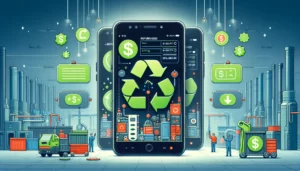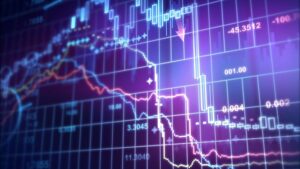“The gladdest moment in human life, me thinks, is a departure into unknown lands.” – Sir Richard Burton
This sentiment reflected in the 19th century holds true even today. Quote by Sir Richard Burton, the Victorian explorer and writer who craved adventure.
Since the 1950’s, technology and innovations have set the travel industry ablaze by facilitating a common man to travel around the globe. Travel and tourism is not anymore an activity of a narrow social stratum or class but the whole widening middle class is getting progressively involved in it. Travel technology solutions, corporate travel solutions etc. pave way for a more comprehensive travel ecosystem.
But as globetrotters are venturing further to unexplored destinations or territories, the risk of travel has also increased exponentially. With political instabilities, terrorist and violent activities, theft and physical harming, attack on women etc. seem to be constant and growing around the world, it is quite a tedious task to map the risk.
These risks are confronted by communities, travelers, individuals and industries alike, as travel is undertaken for commuting, business and pleasure.
How to tackle all these risks?
That is where Big data analytics comes into the picture. The advent of Internet & Big data and its impact on travel industry was remarkable. Many industries were reluctant and shy to adopt big data in its early innovation stage. Being an early adopter of big data, travel industry had a head start and was on the frontline to take advantage of it. Thus, travelers can now prepare for all the risk complications with the help of big data.
In short – From follow-up tools to predictive analysis
The travel industry has been lingering on follow-up tools until the emergence of big data and predictive analytics. Follow-up tools was a method of analyzing process efficiency to identify small changes that could save time. Now the transition and the switch to predictive analysis is taking place. Thanks to the progress we made in advance computing technology and algorithms.
How can travelers make use of it?
Consider a scenario in which you are exploring an unfamiliar place, either for your corporate meeting or for a casual backpacking vacation. Wouldn’t it be wonderful to have a mobile app which delivers location-specific assessments by analyzing up-to-date crime and safety-related statistics? That too a real-time analysis!
This safe travel app was developed by GeoSure Global – who is the world leader in developing the most highly scaled and timely location safety ratings. GeoSure is the first to map neighborhoods in every major city around the world into dynamic safety “temperatures” known as GeoSafeScores™.
GeoSure combines safety-related information gathered through machine learning from thousands of data sources, then models all that information through sophisticated algorithms. The results are scores reflecting localized safety conditions in neighborhoods across the globe.
They are gathering, organizing, and analyzing data from sources all over the world including WHO, UN, CDC, Interpol, human rights organizations, city and country crime statistics, plus propriety data feeds, specialized social networking sources, and more.
Prey is another app which lets you track & find your phone, laptop, or tablet. Protect everything which you hold valuable. Once any of your items get stolen, it will help you in tracking and find your devices. Only when you request, the app will deliver data like pictures of who’s using your stolen device, current location, the wifi networks surrounding it, public and private IP addresses, and much more and thus gather and delivering detailed evidence back to you.
FoneTrac, developed by IMG GlobalSecur Inc. offers a check-in button so that operators can maintain interaction with the system, if there is an emergency it will help you to tackle it using an alarm feature. If a user fails to check in to the target destination within the specified time, the app alerts concerned people to a potential missing person situation




